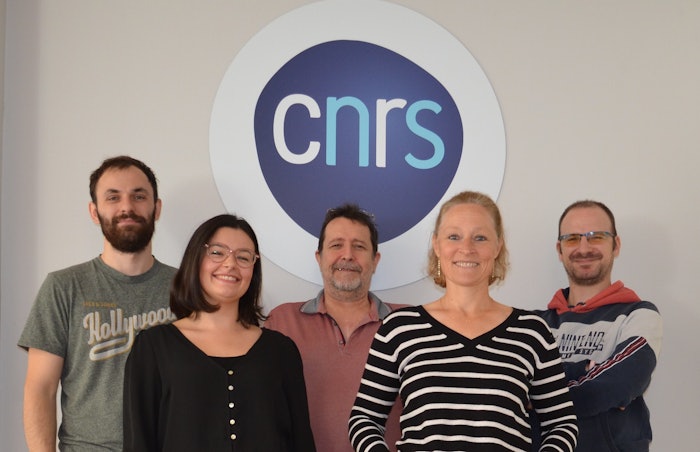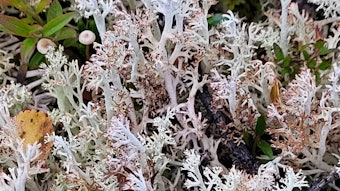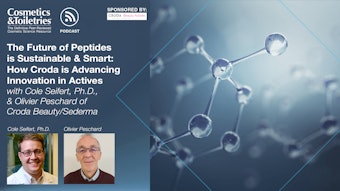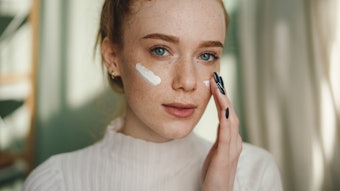
As most readers know, proteins and peptides are crucial to the anti-aging and skin care narrative as they provide skin's structure, firmness and elasticity. But with age they break down, so identifying the underlying mechanisms of their malfunction has been an industry-old pursuit.
This article is only available to registered users.
Log In to View the Full Article
As most readers know, proteins and peptides are crucial to the anti-aging and skin care narrative as they provide skin's structure, firmness and elasticity. But with age they break down, so identifying the underlying mechanisms of their malfunction has been an industry-old pursuit.
Multidimensional composite aging clock: For example, during the recent IFSCC Congress in Cannes, Professor Jing Qu, Ph.D., of the Chinese Academy of Sciences, Beijing, took a deep dive into cellular senescence and its role in the aging process. Her work introduced the first multidimensional composite aging clock, comprising:
- Facial age,
- Phenotypic age,
- Transcriptomic age,
- Proteomic age,
- Metabolic age,
- Lipidomic age,
- Hormonal age,
- Immune age,
- Organ age and
- Composite biological age.
Her work was based on the detection of plasma proteins, which accurately reflected the aging of each organ and, in turn, successfully predicted biological age within two years' accuracy.
Protein stability and aging: In relation, the IBGC CNRS UMR 5095*, of France, won the 2025 academic prize in the Cosmetic Victories competition for work leveraging protein instability as an indicator of aging. In this exclusive interview, Muriel Priault, Ph.D., of the organization, shares insights on the approach, its inspiration and future outlook.
*The Institute of Cellular Biochemistry and Genetics (ICBG) is connected to the Department of Biological and Medical Sciences of the University of Bordeaux, and to the National Institute of Biological Sciences (INSB) of the Centre National de la Recherche Scientifique (CNRS). The work was conducted by the joint research unit (Unité Mixte de Recherche, UMR) 5095.
Shifting the Classic Perspective on Aging: Protein Instability
According to Priault, this project, presented to the Cosmetic Victories competition, shifts the classical perspective on skin aging.
"Instead of using genetic clocks, we focus on the natural instability of proteins," she explains. "The rationale is to measure the acceleration of natural protein aging in response to various endpoints of the exposome, and to thus identify new biomarkers of skin aging."
Priault believes this project perfectly exemplifies how innovation directly feeds from basic science.
Dysfunctional Proteins vs. Clock Genes
According to Priault, the novelty of this idea is the view that aging is "tantamount" to dysfunctional proteins in cells.
"Classical clocks consider that aging is encoded in the blueprint of our cells (the DNA), which is certainly true, but we propose to consider, in addition, that aged proteins perform less well than young ones," Priault writes.
"In that sense, measuring the performance of the 'blue-collar workers' in our cells (the proteins) would provide a direct functional test of skin performance."
Priault adds that finding how the exposome accelerates protein instability opens the possibility to identifying new intervention points, and therefore new active compounds, to fight aging at the molecular level.
Blood Platelet-inspired Concept
This idea reportedly came from a proof of concept Priault's research group established in collaboration with a medical team working on blood platelets.
"Platelets are essential for blood clotting and they live for 7-10 days," she says. "While investigating what terminates their lifespan, we patented [the idea] that the natural instability of a specific protein could be used to trace platelets' age."
This finding, per Priault, was seminal to proposing that the mechanisms at play in platelets' age may also apply in other tissues, like skin.
The Challenge of Fundraising
"As cliché as it is, the main challenge was (and still is) to raise funds to support the fundamental research at the root of this project: plain and pure protein biochemistry," Priault notes.
She adds that putting the potential of an innovative idea to the test is a long way from convincing fellow researchers and reviewers that it can become a game-changer.
"Research also is risk-averse!" she proclaims.
Accelerating Support and Tech Transfer
To Priault, being awarded the Cosmetic Victories academic prize was a wonderful token of recognition for her team's hard work.
"My hope is that it will fast-track fundraising to support our fundamental research," she explains.
"Last but not least, I hope it will show my fellow CNRS researchers that engaging the private sector is an appealing way to accelerate the transfer of our discoveries to the wider society," she adds.










